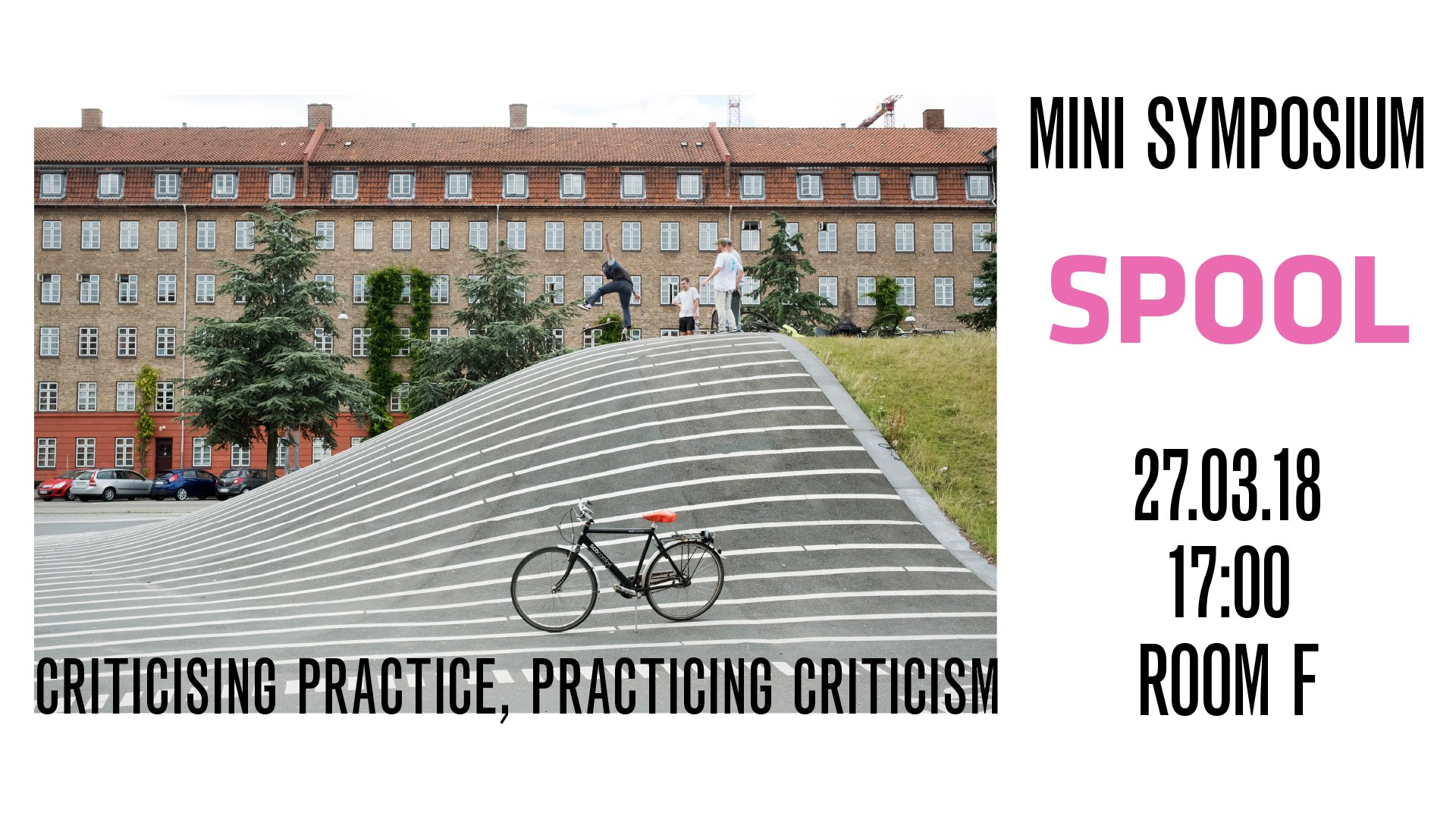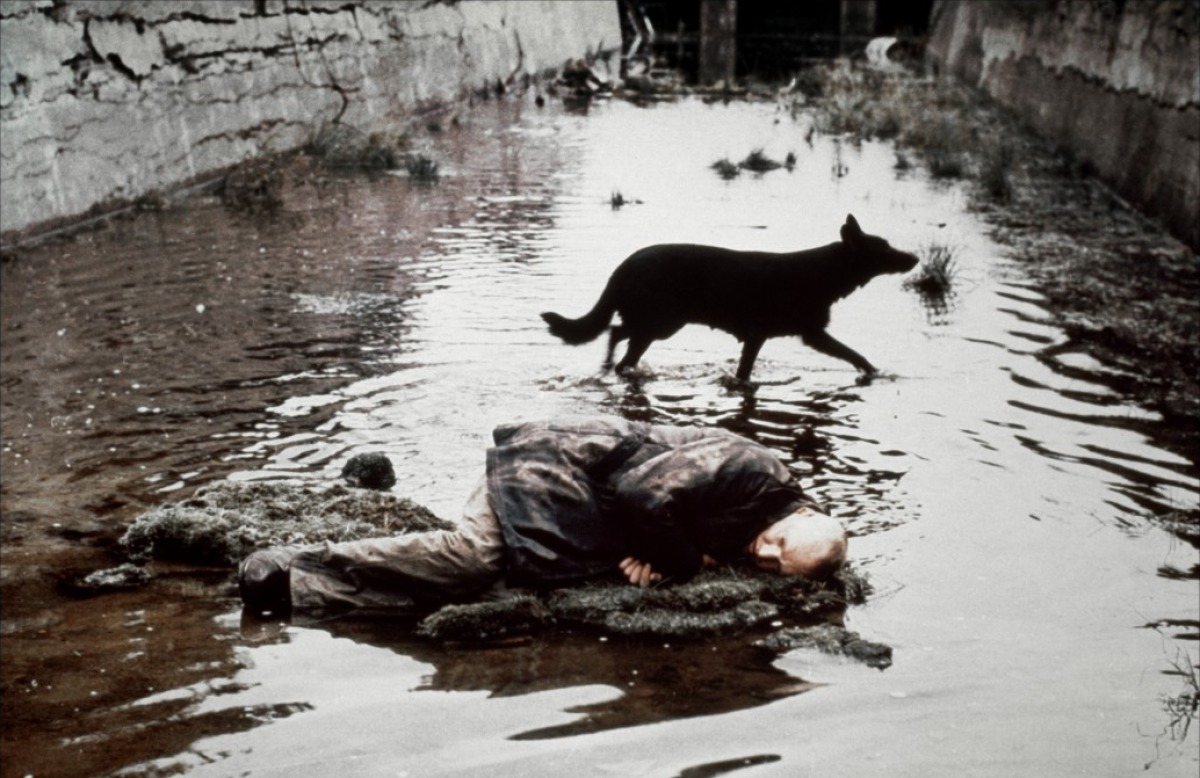In October 2017 Professor Richard Weller from University of Pennsylvania visited our faculty. He gave a lecture titled “Atlas for the End of the World” as part of the How do you landscape? (HDYL?) lecture series, attracting a large audience.
The lecture revolved around Weller’s approach in practice and research and how his thinking on landscape architecture evolves throughout his career. In the second part of his lecture he discussed issues and conflicts of the Anthropocene age. The research on this topic focuses on the relation of urbanisation and the left-over space for biological hotspots and can be explored more deeply on the website, http://atlas-for-the-end-of-the-world.com/.
In his lecture, Richard Weller argues that landscape architecture is not scenic. On the small scale, landscape architecture uses metaphors and symbolisms as agency, on the larger scale the discipline utilises landscape structures and systems. The lecture progresses through scales from garden to megaregions, and beyond. He criticises pastoral representations, the cultural dualism of his home country Australia, as well as the economic driven horizontal urbanisation extensions in the new worlds, e.g. United States and Australia.
The larger scale of the city presents the discourse of landscape architecture, called landscape urbanism, which to put it simply can be understood as landscape structure defining the urban form. The discourse presents the conflict of the regional scale in terms of threatened biodiversity as a result of horizontal growth of cities. He argues the necessity of landscape architecture as a discipline to “guide” future developments and urbanisations through protecting, allocating and designing green superstructures based on landscape structure and its ecology. All to make sure that the impact of new developments on biodiversity is minimised. He concluded his lecture by presenting future scenarios for Australia’s megaregions where new high density satellite cities are connected with each other by high speed trains which run through ecologically preserved areas. Following this quick run through the scales, he dissects the contemporary conflicts and challenges in terms of land use and processes of urbanisation which leads into his second part of the lecture.

Source: http://atlas-for-the-end-of-the-world.com/

Source: http://atlas-for-the-end-of-the-world.com/
In the second part, he presented the research project ‘Atlas for the End of the World’. The domination of agriculture to fulfill the world’s demand on food and the growing urbanisation due to population growth presented as the main argument for the loss of biodiversity. The growth of the world population, 3 billion people before 2100, would mean that 357 cities with the size of New York needs to be constructed in the next 80 years. He visualises these tendencies through the mapping of the threaten biological hotpots on the world map. Superimposed with the projection of Anthropogenic growth, the atlas presents flashpoints of human growth and biodiversity. Most of the cities that are growing around the world are on a collision course with unique biological hotspots. Most of them are situated in developing 3rd world countries which are less conscious in regard to protecting biodiversity, and integrated planning. Furthermore, this concern has become a bumpy road within the United Nations which so far has achieved to protect 15.3% of the world surface as protected ecological regions. The question Wellers ask is: How can we as landscape architects respond to this challenge? He criticises the missing interest of landscape architecture schools in the proximity of these biological hotspots and the involvement of the discipline in general. At the University of Pennsylvania, the department of landscape architecture has developed several research projects at these hotspots in cooperation with local authorities and stakeholders. Therefore, in conclusion, he promotes the idea of humans as active agents for landscape restoration in response to the challenges of the Anthropocene on a planetary scale.
The day after the lecture Richard Weller joined the MSc3 studio where our graduates presented their very first ideas on their individual graduation project within the theme of FLOWSCAPE. Our diverse group of international students presented their fascination for the flow-research by addressing projects situated all over the world. Richard was impressed by the diversity and first investigations. His comments are very helpful and stimulating. Hopefully within the theme of FLOWSCAPE we will take into account some of the very pressures arguments of Richard Wellers research in order to keep biodiversity as part of the richness and endless transforming treasure of flows on earth. If not we, landscape architects, who else can intergrate existing or activate new biological hotspots as a vital part of space for all species including us.
Written by Timothy Djagiri and Inge Bobbink







